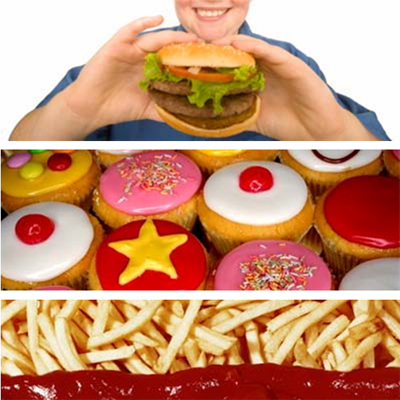
I watched this presentation yesterday, and really enjoyed it. It’s very insightful about the foods we eat here in America – very simple, but not dumbed down. I’ve been hearing an overall resounding message, from very different sources, that American’s need to eat less meat. I’ve heard it from doctors, from nutritionists, even from personal trainers and lifestyle coaches. The solution, of course, is to consume more plants than we have been as a culture. Fruits, vegetables, nuts, and seeds should be the main-stay in any diet program. Everyone knows they need to eat more vegetables, but not everyone knows why.
This informative and humorous video is 20 minutes long, much longer than you would normally spend here. I do highly recommend you take the time to watch it though. Just click one of the player buttons below…
Your Question of the Day is: what do you think about Mark’s conclusions? Should we eat less meat, and more plants? Are we really destroying the planet? Please post your comments below.
To your health and success,
.jpg)
![]()
Fitness Professional
P.S. If you are interested in a health-first diet without supplements, without drugs, and without screwing up your metabolism, then this will be the most important book you ever read. Burn the Fat, Feed the Muscle is the #1 Best Selling Diet and Nutrition program in Internet History, and for a good reason. Read the official review here:

Hi John, I agree 100% with his views about all the junk food that’s being sold to us as ‘healthy’ nowadays and how food became this disgusting industrial “product” it is today.
I am from an area full of these people who buy local food, but it’s as he describes, it’s a new marketing trend. My father on the other hand, he still lives on a real country side, between farmers and the mountains. They really have their garden around the house, they harvest their own potatoes and store them in the basement, they have salads and stuff and their own pigs which they slaughter and freeze every year. They buy there milk fresh every day from the neighbor, and get their smoked meat and butter from the same place. I guess that’s the true local eating we all should go back to ;) The only problem I can see with this is that the food doesn’t always look shiny and fresh as we are used from today’s supermarket standards. For instance they served me a cold plate with all their own stuff a few years ago, local bread, sausage, ham and other smoked deli, pickled vegies, cheese, butter, etc. It was greasy as hell and didn’t look very delicious based on these supermarket standards we are used to nowadays. My friends from Asia (big city kids, who normally eat everything) who were with me at that time were clearly not amazed by the food. But it was truly a travel back in time, just as Mark describes in the video.
PS: Looking forward to more joint mobility articles from you…
Hi Alex,
Thanks for sharing your story. That’s an interesting point you bring up about our own perceived notions of what food should look like. We’re used to shiny, gift-wrapped goodies that could fit a spot on a national TV commercial without any editing. Real food doesn’t always look the way we expect it to.
I have found that not only is the food from local farmers look different, even the packaging looks different. I remember when I was picking up some meat from the local farm last week. All they had left in the beef freezer was one little package of ground beef. It was the last one, and looked like the meat had just been dumped into the little plastic baggy, and then squeezed with two hands until air-tight. I’ll be honest that it gave me an uncomfortable feeling at the time – thinking about how clean the packaging process is at this local farm, and how I probably got the very last bit of the cow.
But then I thought about how much better these local meats taste than store-bought meat. And then I thought about how much healthier these meats are than store-bought. And the fact that I am helping my neighbor, who works very hard to make sure they have enough meats, eggs, and other products for their community demand. All of a sudden, the packaging didn’t matter anymore – and I got a strong sense of community. I felt an overwhelming feeling of respect for the process of making food, and an enjoyment for being a small part of it myself – instead of just swiping my credit card after the basket is full.
I want to teach my children someday that food does not appear out of nowhere. It is grown, harvested, and hunted. It takes work.
Can the best food be bought at the store? For many people, yes. But I think the best food is the food that is worked for, and I think there is a direct correlation between working for food and the benefits received from it through preparing and eating.
The joint mobility articles are forthcoming!